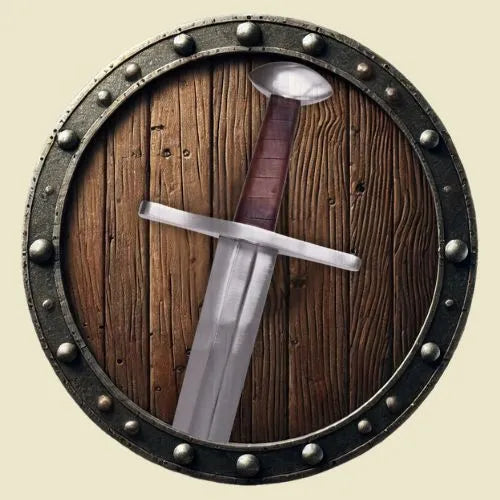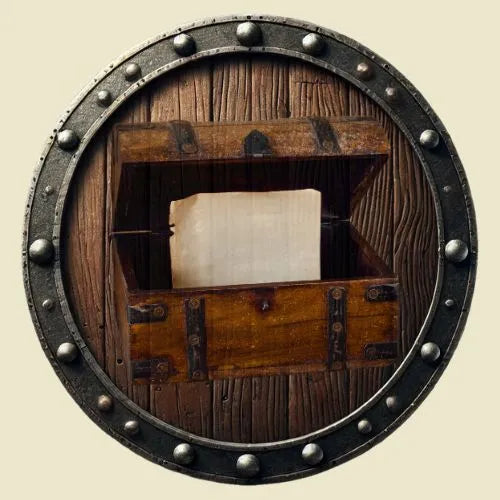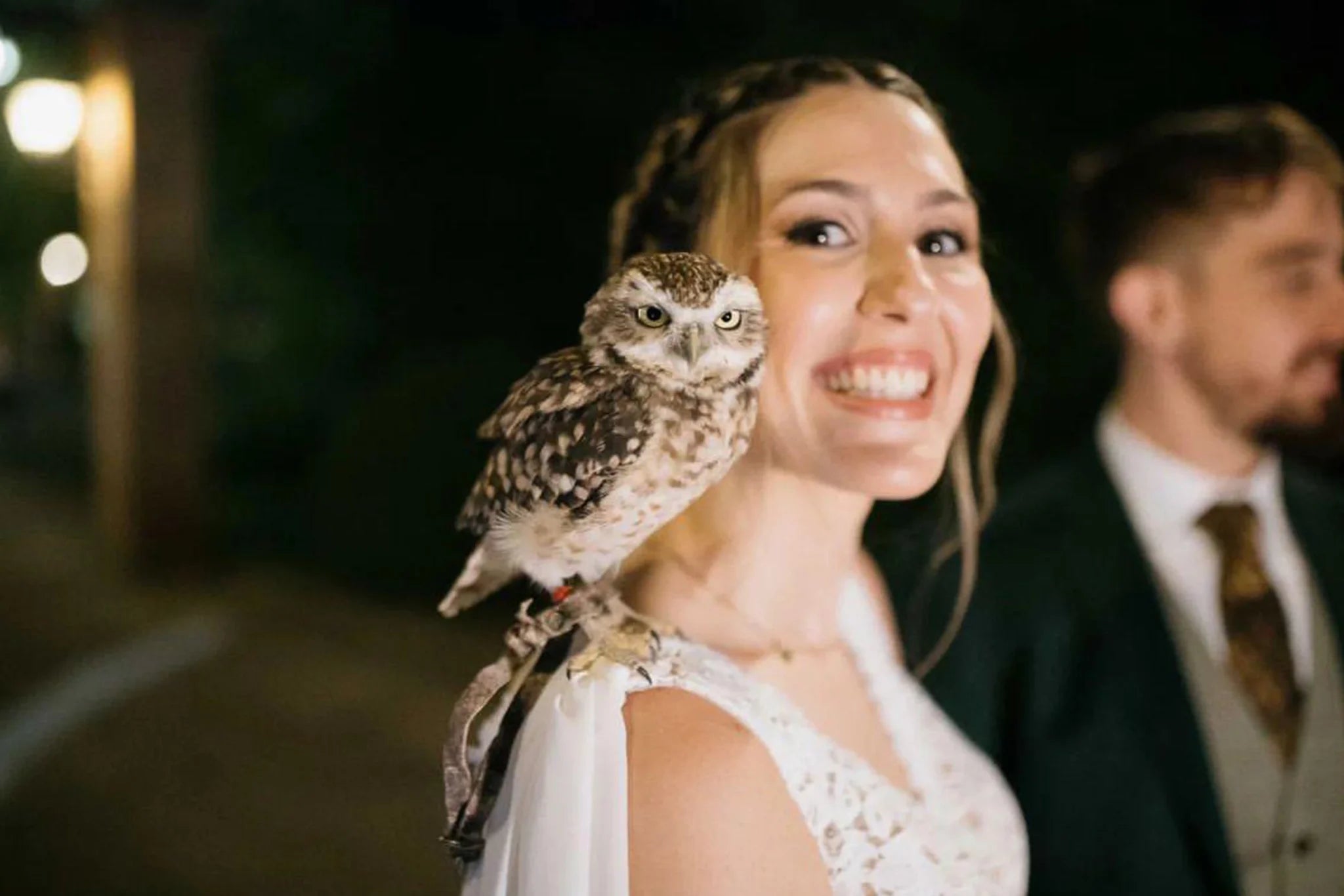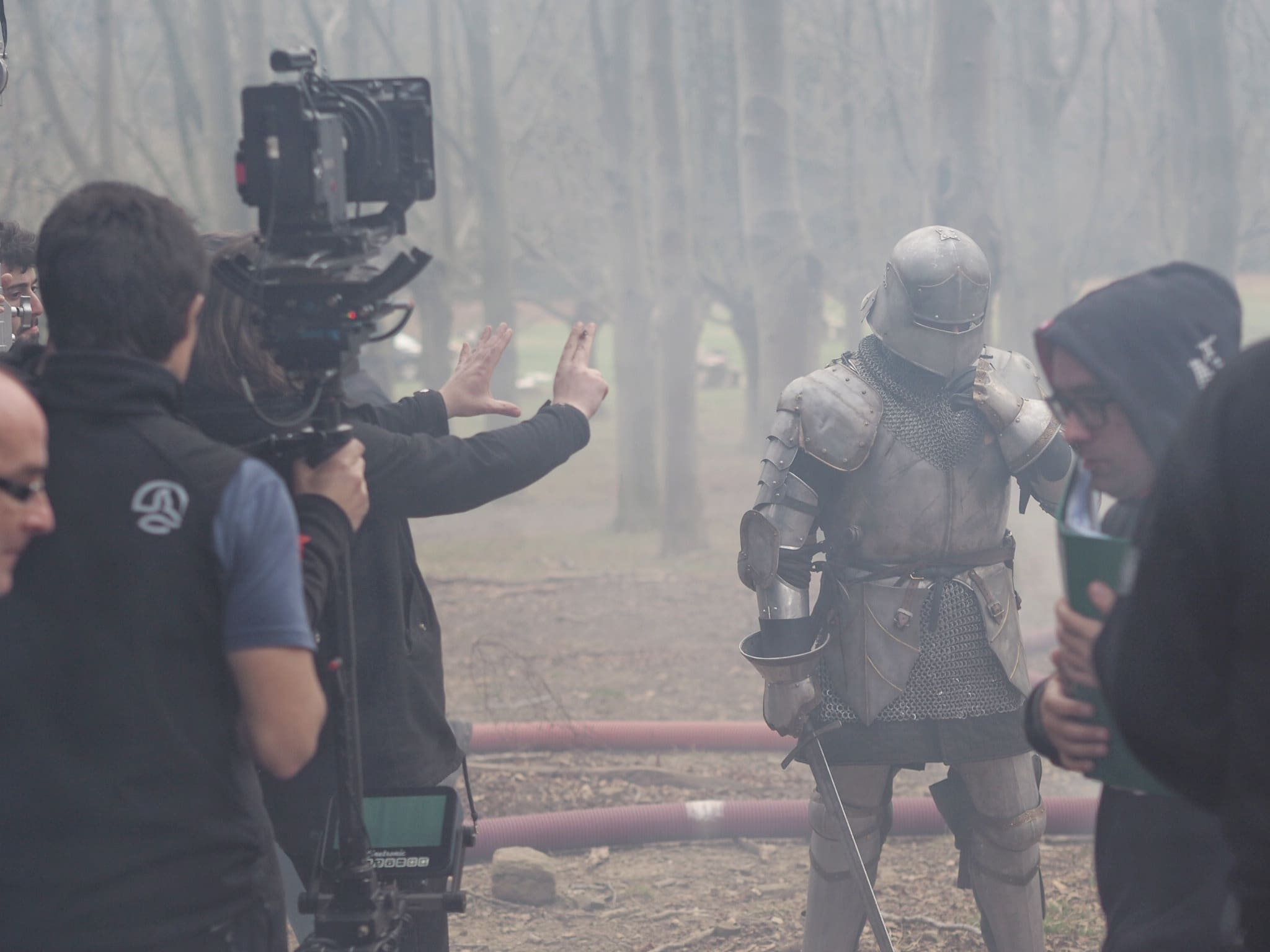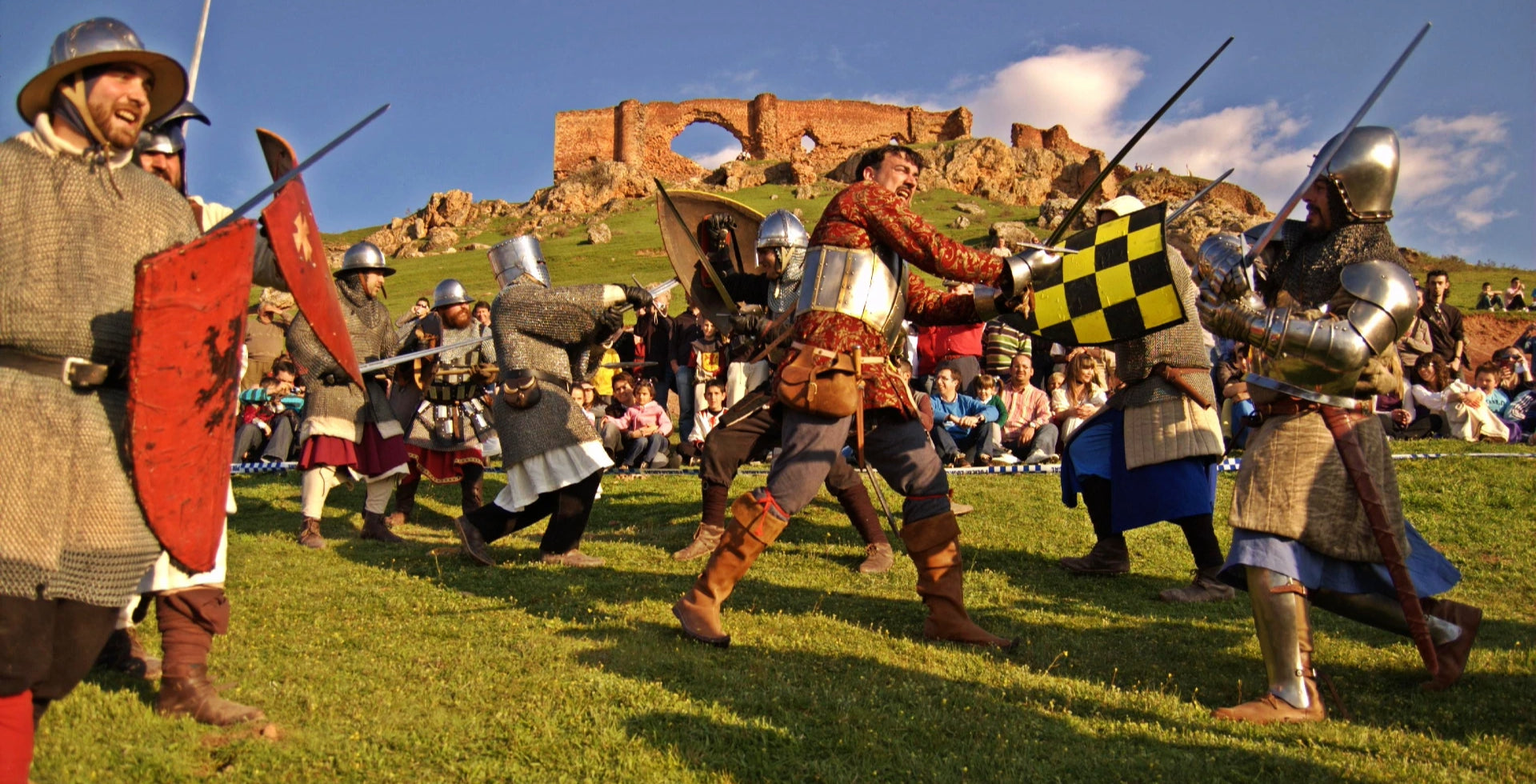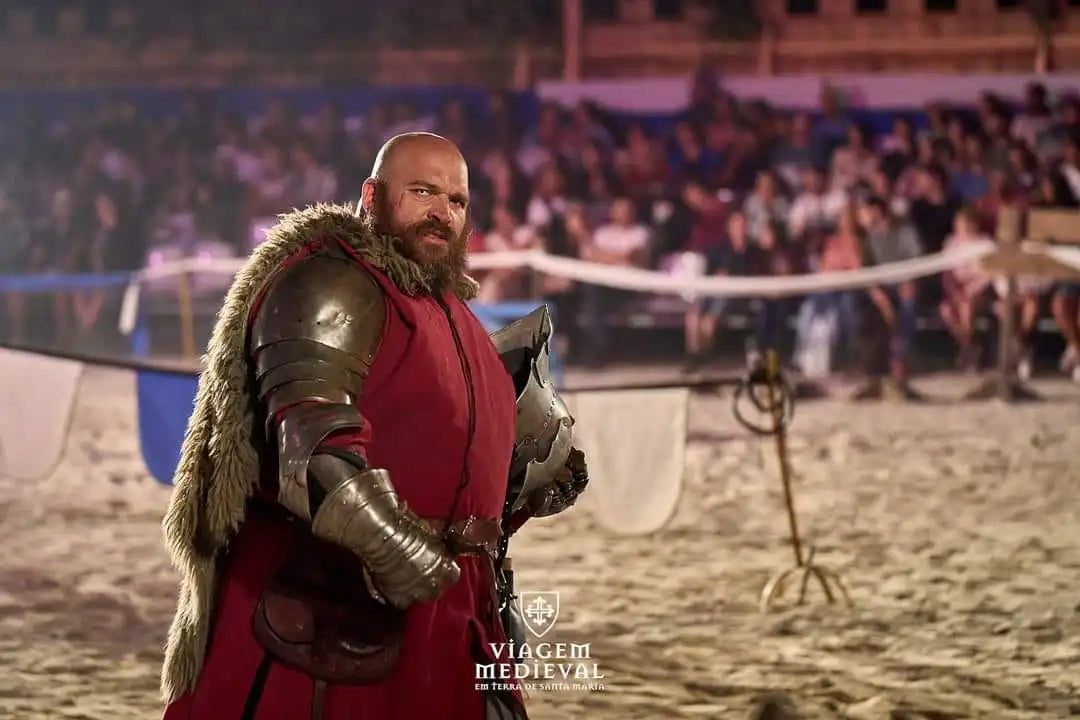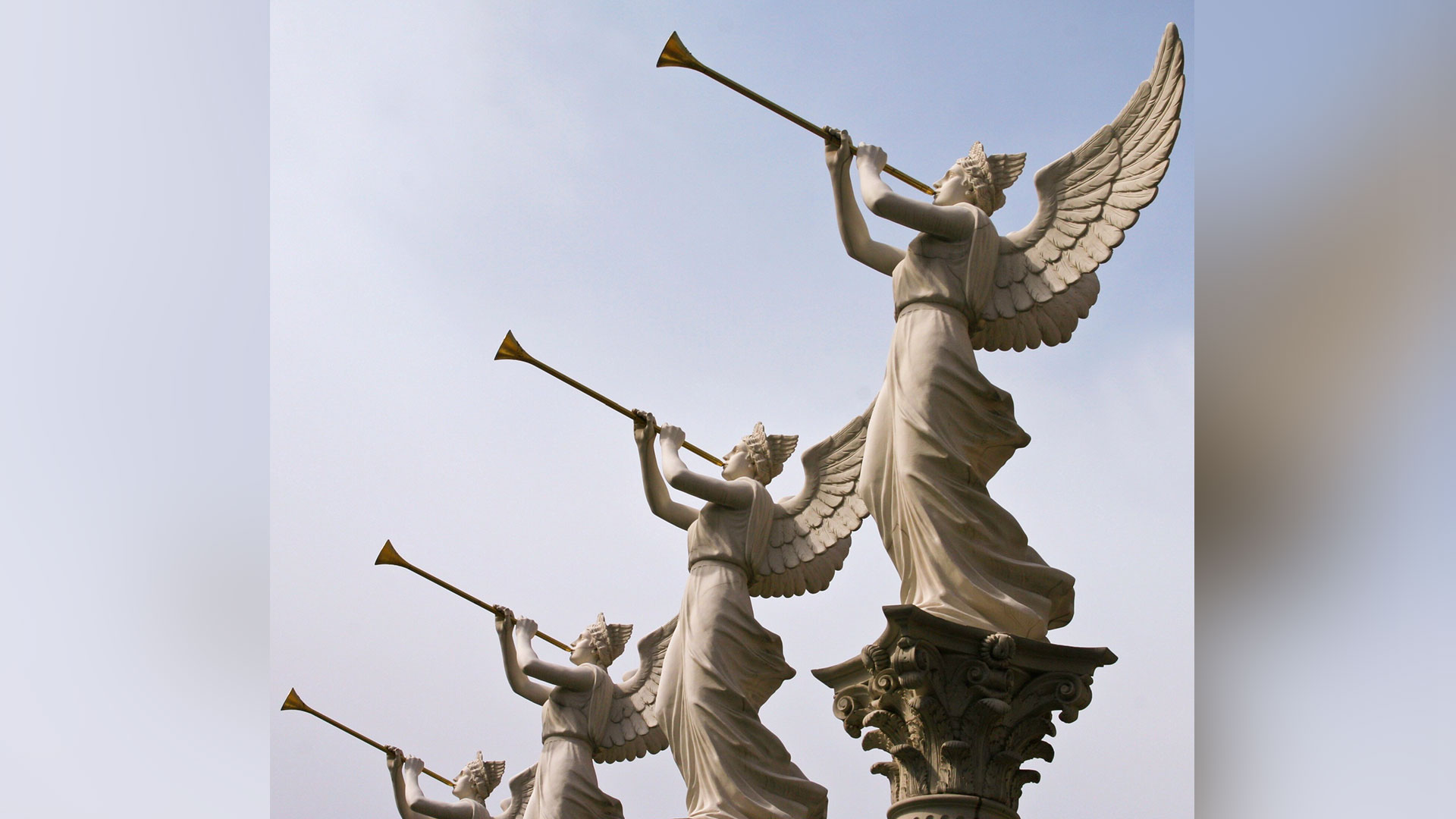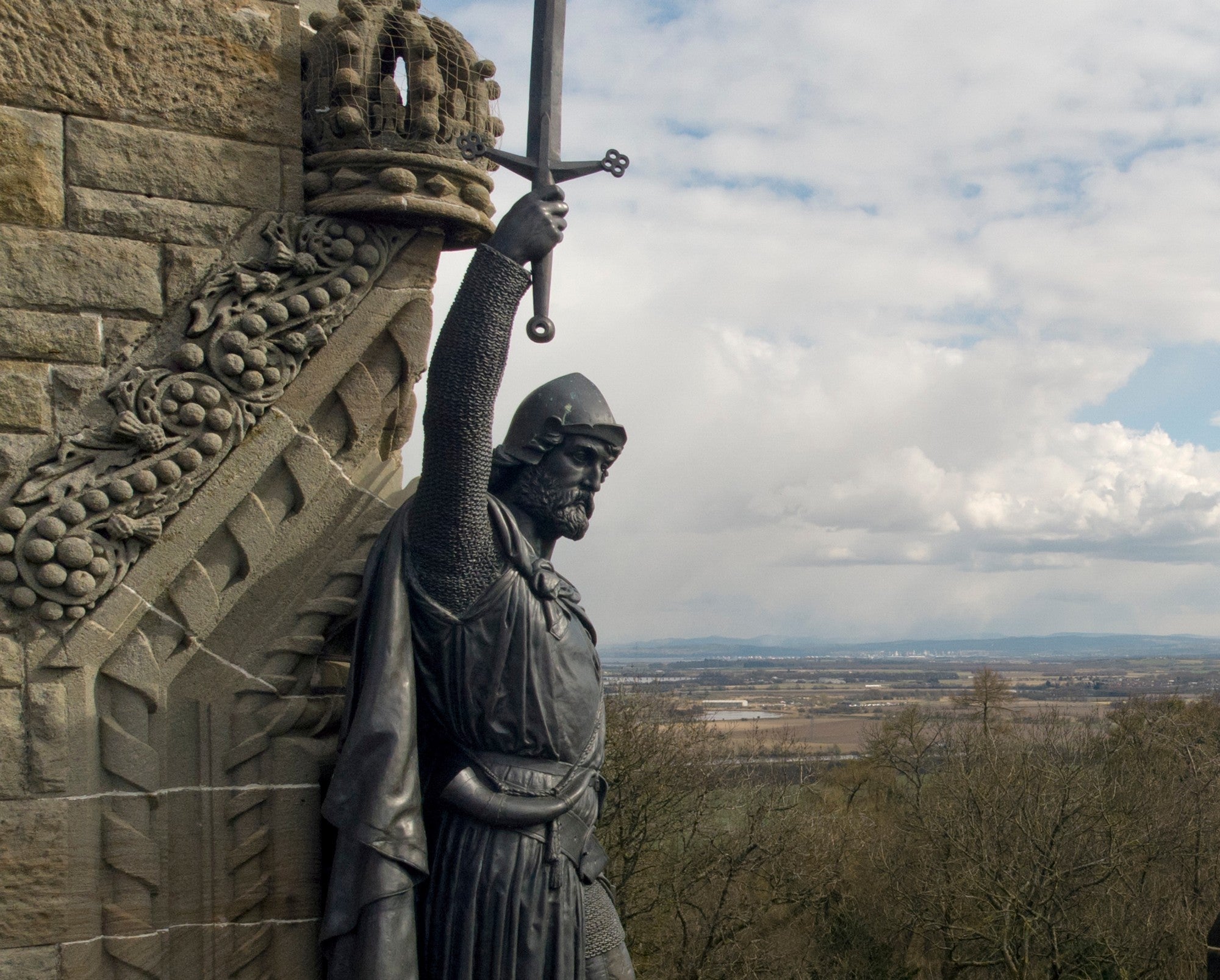Mythical creatures from folklore and fantasy
Since time immemorial, the folklore of different cultures has been populated by fantastic creatures such as orcs, goblins, and elves.
Although they are known today for their representations in books, movies, and video games, their roots lie deep in ancient European mythologies.
In this article we explore the origin, characteristics, differences, and similarities between these legendary figures.
Elves: noble spirits of nature

Elves have their origins in Norse and Germanic mythology, where they were known as álfar .
These creatures were divided between light elves ( Ljósálfar ) and dark elves ( Dökkálfar ) and were believed to influence nature, health and fertility.
In Scandinavian tradition, elves were almost divine beings, beautiful, wise, and long-lived, with a close connection to forests, rivers, and stars.
Over time, medieval literature, and later authors such as JRR Tolkien, transformed elves into noble, almost immortal warriors skilled in magic, poetry, and combat—an image that persists today in modern fantasy.
Elves: mischievous and domestic

Leprechauns are widely present in the folklore of countries such as Ireland, Scotland, England, Spain, and Germany. Their representation varies by region: in Ireland, leprechauns are solitary and cunning goblins, guardians of treasure. In northern Spain, trolls and goblins live in caves and forests, while in Germany, kobolds inhabit houses or mines.
Although they can be benevolent or annoying, goblins often act mischievously, playing pranks, hiding objects, or helping those who respect them.
They are associated with protection of the home, fortune and hidden secrets.
Orcs: Darkness and War

Unlike elves and goblins, orcs don't have such clear folkloric roots. Their image was consolidated by Tolkien, who described them as deformed, violent creatures enslaved by evil forces. However, some scholars associate orcs with monstrous beings from Italian folklore (orco), where the term referred to ogres or man-eating demons, and with the large and fearsome Scandinavian trolls.
Today, orcs are common in role-playing games and fantasy worlds such as Warcraft , where they appear as savage warriors or primitive peoples in conflict with other races.
Similarities and differences between Orcs, Goblins and Elves
- Origin : Elves and goblins have roots in ancient European mythologies, especially those from Northern and Western Europe. Orcs have a more literary origin, though with vague connections to Mediterranean and Norse folklore.
- Appearance : Elves are often depicted as tall, beautiful, and elegant; goblins are small, with unpleasant or unattractive features; orcs, on the other hand, are depicted as tall, grotesque, muscular, and deformed.
- Nature : Elves are linked to magic and harmony; goblins, on the other hand, to playful and domestic chaos; while orcs, to violence and war.
- Morality : Elves tend to be noble or neutral, and goblins can be good or mischievous, though both can adapt to circumstances and treatment. Orcs, on the other hand, are often portrayed as evil or enemies of civilization.
Elves, goblins, and orcs are reflections of the fears, hopes, and values of the cultures that created them.
While elves embody the beauty and magic of nature, goblins represent the domestic and the unexpected, and orcs personify the wild and the feared.
Knowing their origins helps us understand not only modern fantasy, but also the collective soul of the people who created them.
Don't forget to check out our shop , filled with medieval, fantasy, and more.

